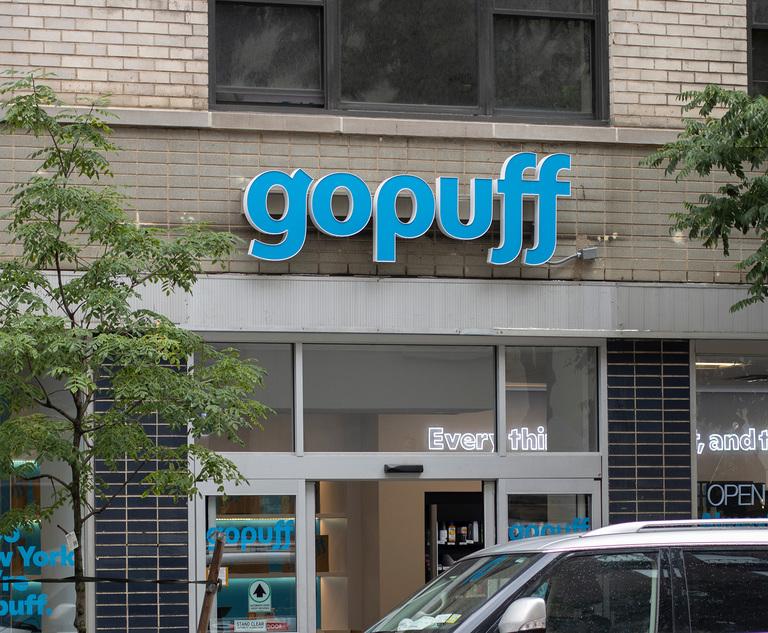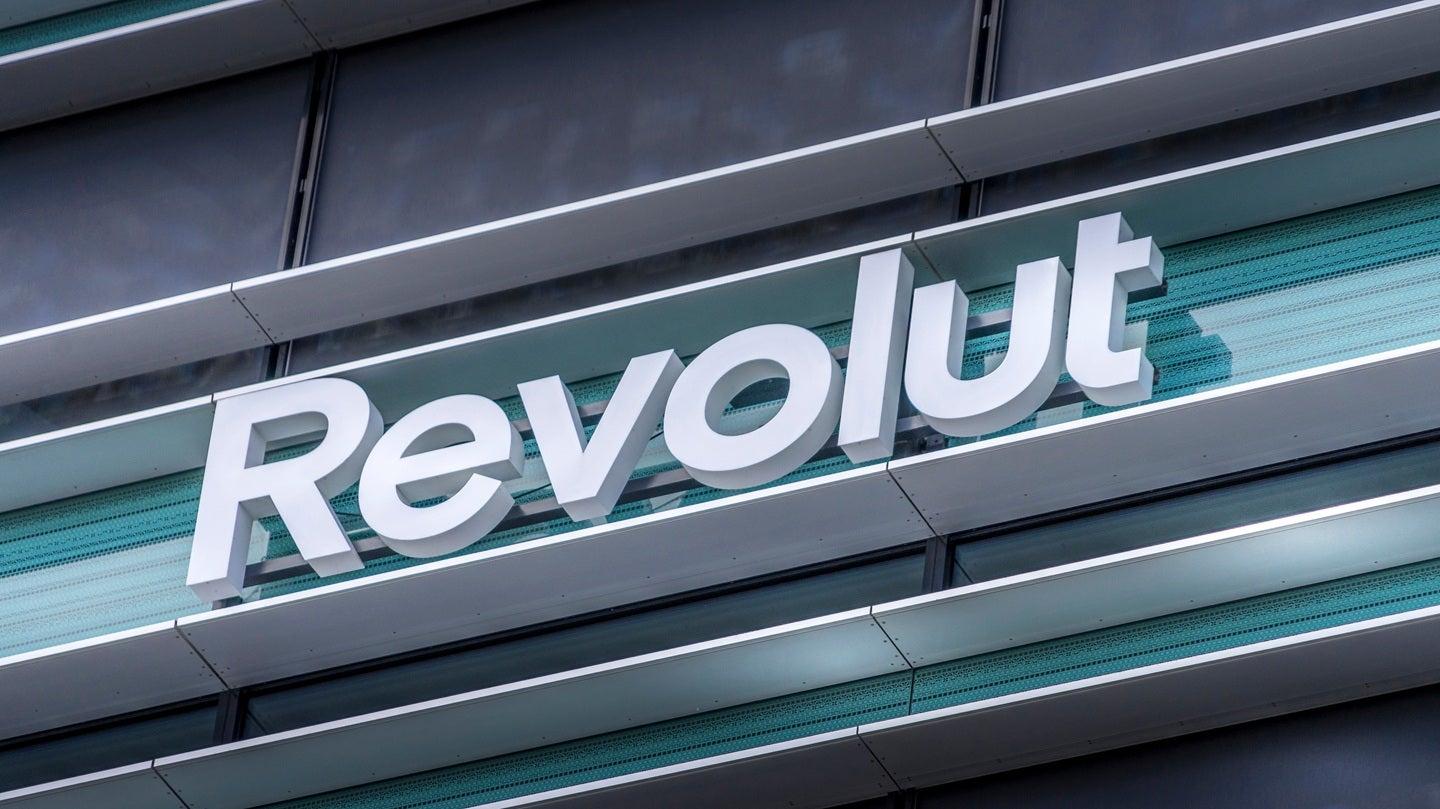
The Ripple Effect: SNAP Recipients and the Government Shutdown
The Ripple Effect: SNAP Recipients and the Government Shutdown
Imagine relying on a program that provides essential food support, only to find the ground beneath it shaking. The government shutdown has thrown about 42 million Americans—one in eight—into a whirl of uncertainty as the Supplemental Nutrition Assistance Program (SNAP) faces unprecedented funding constraints. These are real people, families from every corner of the country who depend on electronic benefits each month to purchase qualifying food items and maintain their basic nutritional needs.
The budget crunch threatened the livelihood of millions who rely on SNAP as a vital lifeline, helping low-income individuals and families navigate food security challenges. The USDA initially announced a suspension of these payments starting November 1 due to the government shutdown, sparking immediate concern across communities nationwide.
Federal Court Intervention and Emergency Funding
Recently, a ray of hope emerged as two federal judges stepped into the political landscape, ruling against the administration's attempt to freeze SNAP payments. These judges handed down a crucial mandate: before cutting off SNAP payments, the government must first deplete an emergency fund. The courts essentially drew a line in the sand for one of America's largest anti-hunger efforts, insisting that proper procedures be followed.
In response to these federal court rulings, the administration released $4.65 billion from the emergency fund. However, this amount barely touches the over $8 billion needed monthly to keep SNAP fully operational. Due to this significant shortfall, SNAP recipients anticipate receiving only half of their regular food assistance for November, leaving many anxiously waiting for what comes next. Patrick Penn, Deputy Under Secretary for Food, Nutrition, and Consumer Services, reflected that "States will struggle to deliver November SNAP benefits promptly and accurately, leaving many waiting" as procedural complexities continue to unfold.
Corporate Response: Instacart and Gopuff Step Up
In response to the looming challenge, companies like Instacart and Gopuff are stepping up, offering unique deals and support to cushion SNAP users during these tough times. Instacart, the grocery delivery powerhouse, isn't just sitting by idly. On October 31st, they unveiled an eye-catching offer specifically designed for active SNAP customers: a generous 50% discount on their next grocery order, with savings capping at $50. This is no ordinary promotion but a lifeline for millions of families trying to stretch their grocery budgets further.
Dani Dudeck, Instacart's Chief Corporate Affairs Officer, captured the spirit of the initiative, stating: "As SNAP funding faces unprecedented disruption, we're focused on practical, immediate solutions." This move demonstrates how companies can transform the challenge of a government shutdown into an opportunity for community support and corporate responsibility, not simply reacting to a crisis but actively shaping new ways to care for those most in need.
Community Carts Program Expansion
Perhaps the most heartening move is Instacart's significant expansion of its food bank donation program. The company is nearly tripling its efforts, aiming to empower over 300 Feeding America partners and agencies nationwide. Through their Community Carts initiative, individuals can send donations directly to food banks, with Instacart kindly waiving all service and delivery fees on these donation orders—making generosity as seamless as ordering groceries.
This innovative approach allows people to contribute directly to food banks without any additional costs, effectively fortifying the food supply chain amid this crisis. The expansion means that hundreds of food bank partners will receive crucial support as they brace for increased demand from communities affected by the SNAP funding disruption.
Local Community Support
Amidst this whirlwind of court rulings, emergency funds, and corporate goodwill, grassroots support is also emerging from unexpected quarters. Nationwide, local restaurants are stepping up to the plate, opening their doors to serve free meals to those feeling the pinch of reduced SNAP benefits. This inspiring display of community solidarity not only provides immediate relief but also exemplifies the American spirit during critical times.
Food scarcity looms as the USDA navigates limited funding, yet these local establishments are proving that innovation doesn't just mean technology—it means survival and community care. Local diners and restaurants across the country are transforming their spaces into havens of support, ensuring that no one goes hungry while bureaucratic processes work themselves out.
Looking Forward: Uncertainty and Hope
While the bureaucratic gears churn slowly and procedural headaches continue, this crisis has revealed both the vulnerability of our food assistance systems and the remarkable resilience of American communities. The combination of federal court intervention, corporate initiatives, and grassroots restaurant support creates a multi-layered safety net for those most vulnerable during this unprecedented disruption.
The situation shapes the broader landscape of food security in America, demonstrating that in times of crisis, solutions emerge from various sectors of society. From legal mandates ensuring proper fund utilization to corporate discounts and community meal programs, the response illustrates how different stakeholders can work together to address immediate needs while longer-term solutions are developed.
As SNAP recipients continue to face uncertainty about their food security, these combined efforts provide both practical assistance and hope that American communities will not abandon their most vulnerable members during difficult times. The ripple effect of the government shutdown extends far beyond Washington politics, touching dinner tables across the nation, but the response demonstrates that compassion and innovation can rise to meet even the most challenging circumstances.







